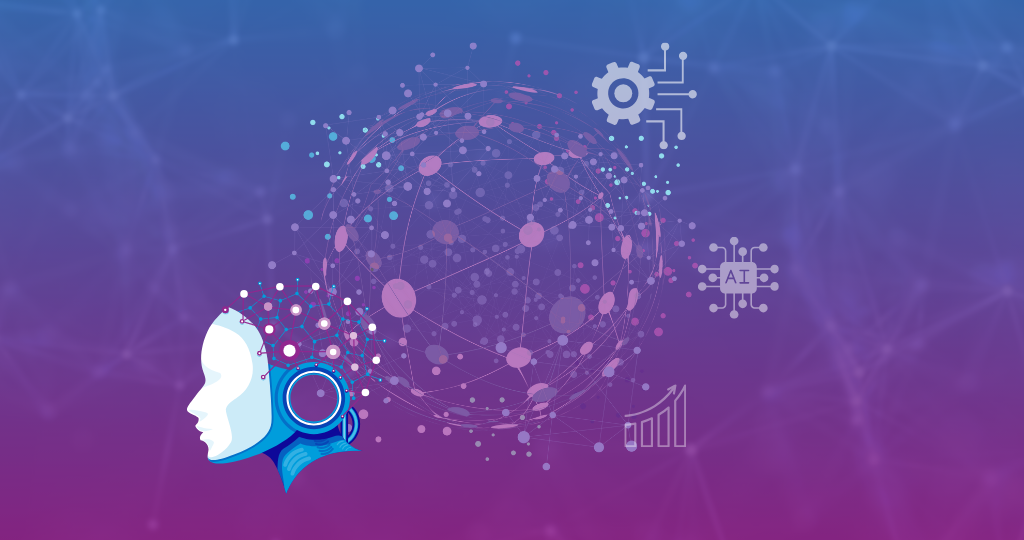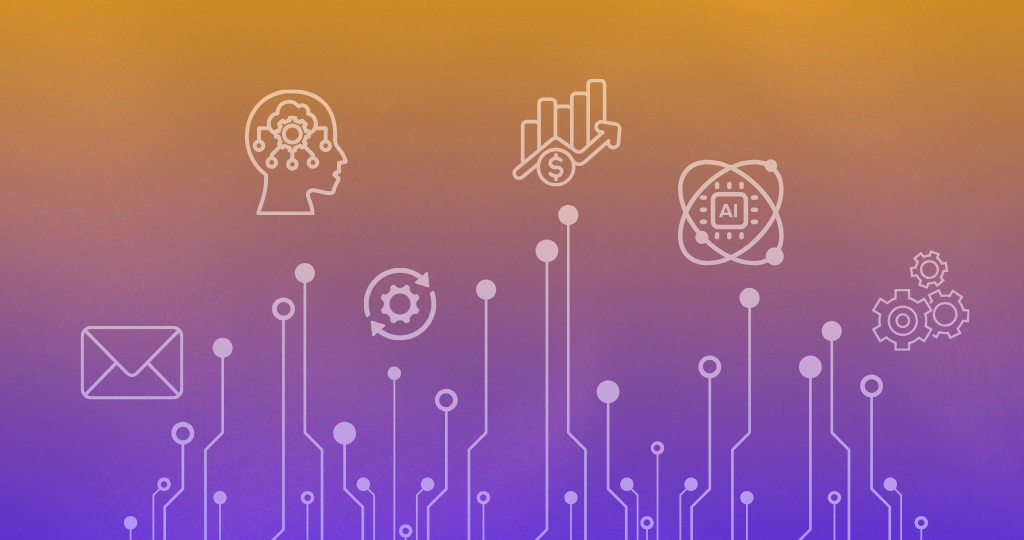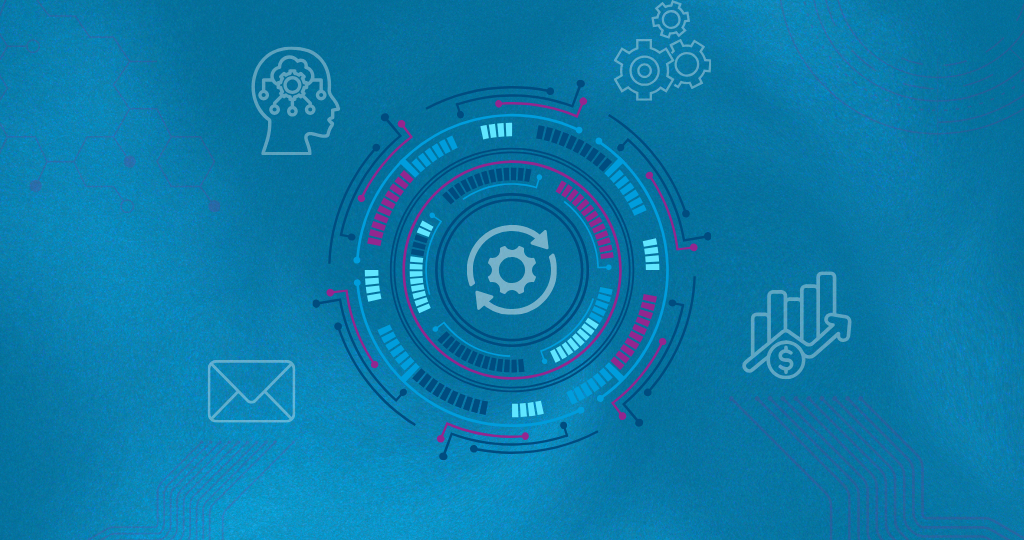Sales funnel vs flywheel
What is a Sales Funnel?
The sales funnel is the buyer process that companies lead customers through when they are purchasing products. The concept is just like a real-world funnel, you pour a lot of substance in at the top and at the bottom it slowly pours out.
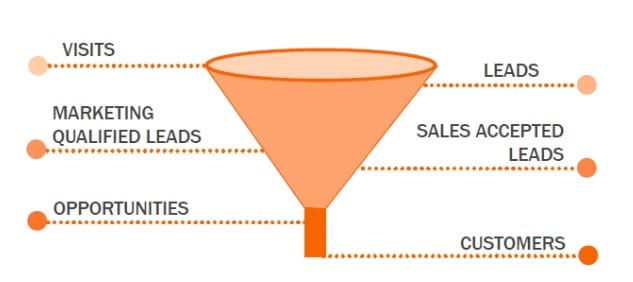
The sales funnel has been around for a long time and is tried and tested. The concept is based on that you will get many website visitors in at the top, and a few clients will come out at the bottom.
This concept works for every business, you need to get as many people visiting your website as possible to make sure that you sell to as many people as possible.
The importance of a sales funnel is to make sure that people keep going in at the top of the funnel. The more people enter the funnel, the more sales you have. To keep the top of the funnel getting full you need to have enough of an online presence to get people aware of your brand.
The ways you can achieve this vary depending on the audience. Which is why creating a detailed Buyer Persona is important. By knowing who is most likely to purchase from you, you can market more specifically.
When combining the Buyer Persona with the Sales Funnel you can more specifically target the right people and run them through your sales process faster. It also helps you to keep happy clients at the bottom of the funnel.
One of the flaws with the sales funnel is that it needs people to be coming in at the top for the funnel to be successful. If the top of the funnel is empty then no one is going to be moving to the bottom of the funnel.
However, the sales funnel is still a great tool to understand how businesses can earn a good income and attract more customers. The sales funnel uses the AIDA model to gain traction at the different layers of the funnel and move people down the funnel quickly.
Using the AIDA Model
The AIDA model fits in perfectly with the Sales Funnel. It helps describe four stages a prospect needs to go through to become a customer. These four stages are:
- Attention
- Interest
- Desire
- Action
During these stages the following should ideally happen:
- Attention – you will attract attention to your brand
- Interest – you generate interest in your product or service
- Desire – You help stimulate a desire in the customer for these products or services
- Action – You push them to action, meaning buying your product
The AIDA model is hierarchical. Meaning that a consumer starts at the top, at attention, and works their way to the bottom which is Action. The AIDA model allows you to gain attention to your business and get as many people converted to customers as possible.
Below we will go through the steps of the AIDA model, specifically going over each of the four stages.
Attention
The Attention, sometimes called awareness, stage you try to gain as much awareness for your brand as possible. This can be done through a variety of ways, such as:
- Email newsletter signups
- Ebook downloads
- Online Quizzes
- Blogs
- And more....
The awareness stage has changed a lot with the rise of the internet and digital marketing. Sending a few brochures would make someone interested in the past, but nowadays people can arrive on your website through various ways. Perhaps they came through Facebook, Google Ads, Organic Search or heard from you from a friend.
All of these different ways mean that there are different levels of authority that your brand has. If someone arrives to your website via Word of Mouth or organic search, you have a fair bit of authority. When you have authority, people are more likely to sign up to newsletters. Since if they found you organically it means that you must be providing great value to others.
However, just getting their attention isn’t good enough. They need to continue down the rest of the funnel. You want them to go from being a prospect to a buyer. To do this, you need to get prospects to trust you.
You might have gotten their attention and they signed up with their email address but moving them down the funnel is a greater challenge.
People have gotten more aware of marketing tricks. They won’t buy from you because they gave you their email address. They want to know you provide them with real value. You need to create a strong bond with your prospect. Be relatable, honest and transparent in your email campaigns.
Interest
Interest is gathered by providing the customer with real value. Show them the problems they have and give them options on how to solve these problems. Also, make yourself relatable to the prospects.
This is where a great Buyer Persona comes in. By making sure your Buyer Personas are up to date you can best relate to your customers. This all also comes down to the brand voice. Are you an Adventurer, an Evangelist or something different entirely?
It doesn’t matter how you position yourself, what matters is that all the messages need to be consistent. Don’t change from being a young, adventurous brand to an old, serious brand in between emails. Allow your website visitors to get to know you.
Of course, this is only step one for gaining interest. All this content needs to be personalised and shouldn’t sound generic. You also need to know at what rate to send these emails out. There are a fair few steps to make all this work.
Even if the emails are worded properly, people still need to click on your links and buttons. The buttons and links need to be positioned in such places that people are most likely to click on these links. This will require active A/B testing to optimise the emails.
Decision
This step is also sometimes called Desire. The best way to make people decide is to have social proof. This means the following:
- Getting testimonials
- Customer reviews
- Referral program
By having customer reviews and testimonials on your website, you are building social proof that your business does what it says. This is a powerful way to make website visitors trust you that you are able to provide what they need.
This isn’t the only way to help your buyers decide to use your product or service. By using Google or Facebook retargeting you can put your product and services in front of your visitors repeatedly. Especially if they already entered your sales funnel this is a great way to get them to decide to use your product.
An offline example of great ways to make customers decide to get your product is infomercials. They might show you a regular frying pan, but then they show you what other amazing things this product can do. It can not only fry, but also steam and is super easy to clean. It takes up no counter space and folds in half!
These infomercials just keep providing you with more and more information until you can’t believe you don’t own this product.
Action
If you still have the attention of prospects at this point, there is only one action left to do. Closing the sale and getting the customer to buy your product.
This is also a difficult step and can be time-consuming. But the whole point of business is to sell people your product or service. The funnel is going to help you eventually convert some visitors to customers. The number of people that do so, depend on your marketing efforts and your sales team.
For example, if you start with 100 people at the top of the funnel, you only get 20 people to sign up to your email list and in the end, 3 people buy your product you have a 3% conversion rate. This number might seem low, but it doesn’t have to be bad.
If it costs you $400 dollars to get 100 people to sign up, but your product sells for $600 dollars then you have $1800 return on $400 invested. This is a 450% Return on Investment. This, of course, makes it make complete sense to invest those original $400.
If this happens every time you sell to 3 people, this will, of course, make you a lot of money in the long run. But keeping the top of the funnel pushing through enough people can be complicated.
This is why there is a new methodology created to help businesses. Some say it works in unison with the sales funnel and others say it is a replacement for the sales funnel. This new concept is called the Flywheel model.
Using the Flywheel Model
Many businesses still use the Sales funnel and to great success. Conceptually, the Sales funnel and the flywheel have completely different ideas behind them. A flywheel Is great at storing and releasing energy, it is great to think about it in this way for business as well.
In recent years there has been a big shift in marketing. Businesses have gone from the source of truth to being looked at suspiciously. People have started trusting referrals and word of mouth marketing more than a business telling them their product is great.
When it comes to a funnel, you spend all your energy getting a customer through your sales funnel, and then they come out at the end and there is nothing there for them to do or experience.
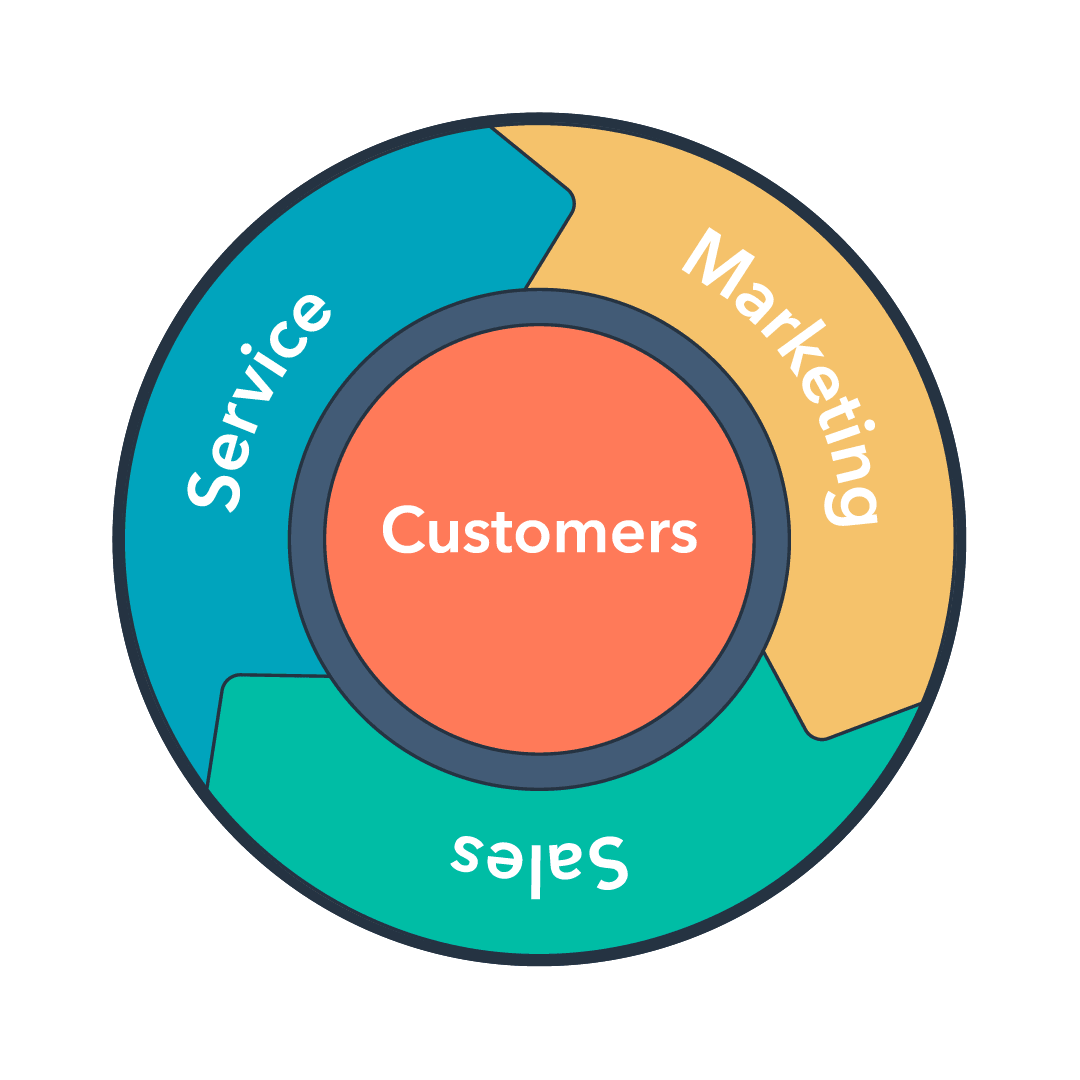
In a flywheel, the customer is at the center of the experience. Whereas in a funnel the customer is at the bottom of the experience. Because of this orientation, it is important to give customers great service and post-sale experiences as well.
The focus of a flywheel should be on making sure you look after your customers in the long-term. Focusing more energy on how you can make your customers successful means they will refer more customers. This will make the speed of your flywheel, and business development, increase.
As with a sales funnel, this isn’t a one-size fits all solution. The way that your flywheel works might be different from the image seen here. You might need to focus more on marketing, or sales, depending on your business structure.
As a flywheel is always moving, you also need to remove friction from your business strategy. This means looking at your entire business structure and seeing where there are points of contention. Reducing friction means looking at things such as:
- Is your business operating in silos? Or do teams collaborate?
- Where are customers spending the most time? Optimise your conversion path to reduce the time
- Where are prospects getting stuck in the Buyer’s Journey?
- Is your pricing structured clearly, or are there hidden and confusing fees?
- Can people communicate with you anywhere, or do you have a strict communication path?
If you are unsure as to what a Buyer’s Journey is, we have created a detailed blog post on both the Buyer Persona and Buyer’s Journey that you can read here.
The less friction you have, the more people love doing business with you. The more people love doing business with you, the more people will promote your business.
Inbound Marketing and the Flywheel
The flywheel model is a clearer way of representing the forces that are affecting the growth of your business.
In the sales funnel method, service and support often was an afterthought. As can be seen in the image above, there is no focus on service at all. Whereas in the flywheel model there is a clear focus on all customer facing department. Marketing, sales and service are all the focus of the Flywheel.
People don’t make decisions based on marketing material they get sent by you anymore. They ask advice of their networks; they search for your business on Social Media and they are definitely reading third-party review sites.
The funnel doesn’t keep these factors in mind. A funnel doesn’t show the force or momentum that a you build through a great product and customer experience. It also doesn’t show you the problems that arise when service or customer support isn’t going well.
The flywheel helps you imagine all these forces together. Making your business processes easier, your pricing simple and your customer support great you are going to have a lot more success.
When using the Inbound Methodology, you realise that putting the customer first is vital. Providing them with helpful and genuine content will Delight the customer.
The stages that are used in the flywheel are slightly different from the AIDA model. As seen above, there is Attract, Engage, Delight
- Attract – is like the Awareness stage in the AIDA Model. But rather than forcing people to read your content, earn their attention. Attract visitors with useful content and eliminate barriers. Write for your Buyer’s Persona
- Engage – This is the Inform and Decide stage in one. Open relationships with buyers, don’t only close deals. If you have a sales team, tie incentives to customer success and not just close rate.
- Delight – Shift resources to be more aligned to be more effectively distributed through the entire customer experience.
- Customers - the core of your business. If your customers succeed your business will grow. Reduce friction in your business or your company will lose momentum. Make sure all teams are aligned and working to minimise friction.
The Sales Funnel and the Flywheel Model
Many businesses consider the Sales Funnel to be obsolete with the new Flywheel model. We agree that the Flywheel model is a far more modern way to look at the customer experience. We still think that the idea of the sales funnel is important, it visualises how to make customers enter your flywheel.
By using the flywheel to keep your customers happy and loyal, you will create brand advocates and keep your business running smoothly. This will push more people into your sales funnel, who might enter at different stages of the funnel.
This will all, combined, make your business grow and keep your customers happy. Which, to us, is a win-win situation.
Have you tried using the sales funnel or maybe even the flywheel already? Let us know your thoughts. If you would like to discuss this blog post in more detail, you can always comment here or message us on Facebook!
From the blog
